Steltman Galleries Amsterdam
Steltman Galleries is located in Amsterdam.
The Gallery, established in 1970, organized exhibitions of international renowned artists, among others the American painter Michael Parkes and the Czech architect designer Borek Sipek.
Michael Parkes and Steltman started their collaboration in 1977. Steltman became the exclusive dealer of the paintings and publisher of the limited edition stone lithographs and books by Michael Parkes. Many important exhibitions followed in the Steltman Galleries in Amsterdam and New York, and Steltman organized one man shows at the Basel Art Fair, The Tefaf art and antiques fair and Art fairs in NY and Chicago. In 2001 Michael Parkes continued to work under the name The World of Michael Parkes. Today, Steltman still actively deals in the classic works of Michael Parkes.
Borek Sipek, the world renowned architect and designer, and Steltman started a close collaboration in 1985. Sipek designed and created an exclusive collection for Steltman. The collection comprises furniture, glass works, silver objects and chandeliers, all produced in small, signed and numbered editions.
Massimo Rao, Piero Fassoni and Giovanni Tommasi Ferroni, all painters from Italian descent, worked on an exclusive basis with Steltman Galleries. From the start Steltman also organized photo exhibitions: Erwin Olaf 1992 and 1995, Jan Saudek 1989, 1991 and 1993 and Jock Sturges 1992. The painters: Ottavio Mazzonis, Riccardo Tommasi Ferroni, Peter Handel and Tibor Csernus had successful one man shows in the gallery.
A large part of the editions of works by Michael Parkes www.michaelparkes.com and Borek Sipek www.sipek.com can be viewed on their respective websites.
Micheal Parkes
Michael Parkes (born in 1944) is America’s leading magic-realist painter. He lives and works in Spain since the early seventies. Grown up in Missouri, he went to art school at the University of Kansas where he also taught.
Parkes talent is many-sided; he not only makes oil paintings, but stone lithographs and bronze sculptures as well. His style is a mixture of symbolism, surrealism and a fairy tale world, accomplished with a refined and sublime technique.
Michael Parkes and Steltman Gallery started to collaborate in 1977, when Steltman became the exclusive dealer of the paintings and publisher of the limited edition bronzes and stone lithographs and books. Steltman published over 70 stone lithograph editions and 9 bronze sculpture editions. 6 book titles were released and over 100.000 books were sold. Parkes had many one man exhibitions in Europe and the United States.
Borek Sipek
Borek Sipek (Prague 1949 - 2016) studied industrial design in Prague, architecture in Hamburg and Delft and philosophy in Stuttgart.
He taught Industrial Design and Architecture in Hannover and Essen. In 1983 he moved to Amsterdam where he started a studio for architecture and design. Between 1983 and 1993 Borek Sipek became internationally recognized when he received several important awards in architecture and in design. In 1990 he was appointed Professor of Architecture at the Academy of Art in Prague and currently is a professor for design at the University of Applied Arts in Vienna. One of his major projects at the time was the restoration of the Prague Castle at the request of Václav Havel. He now works as an architect and a designer and he lives and works in Prague and Shang Hai. Borek Sipek designed an exclusive collection for Steltman. Since 1986, over 200 objects were produced in small limited editions. The collection comprises glass works in Bohemian Crystal, a collection of table works in Sterling silver, a collection of tables and chairs and 9 large size chandeliers executed in brass and Bohemian Crystal.
Tommasi Ferroni
Giovanni Tommasi Ferroni was born in Italy in 1967 and comes from a family with a long artistic tradition. He started drawing and painting at a very young age under the supervision of his famous father, the painter Riccardo Tommasi Ferroni. Giovanni Tommasi Ferroni was educated in much the same way his ancestors were during the baroque period. Giovanni later studied Literature as well and specialized in Art History at the University of Rome.
His paintings create a beautiful fantasy world that is inhabited by all kinds of mythological, historical and contemporary creatures. While Giovanni´s style and choice of subjects is influenced by the style of his ancestors, contemporary icons intrigue him as well. This results in a synthesis of classical style and subjects and contemporary analytical perspective.
His first shows were held in prestigious galleries such as Galleria Il Gabbiano (1991) and Galleria L´ Indicatore (1995) in Rome.
Massimo Rao
Massimo Rao was born in San Salvatore Telesino, Italy, in 1950. He studied art history in Benevento and architecture at the University of Naples.
In his works Massimo Rao combines Renaissance and classical style with a sudden contemporary viewpoint. At an early age he, as in his own words, encountered the supernatural: an element which can be felt in most of his works. Certain images reappear in many of his paintings: a woman, transformed into a Greek goddess; a man, dressed as an angel and sometimes behind a moon. In this way, Massimo Rao gives his paintings a clear outline with a mysterious content.
Umbria, Italy, where Massimo Rao lived and worked, was very important to him for the development of his work: “Umbria is very beautiful but distant, wordless and silent and the journey which I have begun can continue, here, only in one direction, towards myself.”
Rao died at an early age in 1996.
Exhibitions of Rao´s work were held in Italy, Switzerland, Belgium and Austria, The Netherlands and The United States.
Piero Fassoni
Piero Fassoni, an Italian born in Caïro in 1941, studied architecture and then started painting in the studios of the Italian artists Berté, Armodio and Foppiani.
The fresco-like quality of Piero Fassoni´s work -inherited from the classic Italian masters- intensifies his symbolic themes and draws the viewer into another, mysterious world.
Fassoni had various one-man shows in Italy, The Netherlands, The United States and France. He died in 1986.
Erwin Olaf
Erwin Olaf (1959-) studied Journalism in Utrecht, The Netherlands. He graduated as Newspaper journalist. In 1980 he moved to Amsterdam to work as assistant photographer with André Ruigrok, who teached him photo-journalism and studio-photography.
Olafs work is known for its sometimes controversial themes: his models are for example dwarfs, nude elder women, females with overweight or mentally disabled.
Erwin Olaf not only makes photographs, but he makes films and documentaries, video clips, and commercials as well.
He has won several awards and his work is shown at solo- and group exhibitions all over the world.
Jan Saudek
The work of the Czech photographer Jan Saudek (born 1935) is always about people. It is people who intrigue, fascinate and move him. His inspiration comes from deep down inside: ´Art is born in the soul´, he once said. The nature of his work is intimate and personal, revealing his own desires, fantasies, loves and anxieties. It shows his obsessive fears like the fleeting force of desire, the body´s ageing and disintegration, the loss of beauty or the ambiguous nature of the sexes. Generally it is Saudek´s family and friends who pose for him, but he occasionally poses himself.
Saudek´s photography is fictional and theatrical, never shot in real-life situations, but always in some sort of timeless setting. Its abundance of pedestals, draperies, flower garlands, antique accessories and clothes gives the images a typical baroque form. This is not the only way in which Saudek detaches his photographs from the present. He also experiments with diverse techniques, like hand coloring all his photographs. This coloring accentuates both the anachronistic character and the pictorial aspect of his work.
Sandor Lubbe
Sandor Lubbe, born in 1962 in Holland, currently lives and works in Amsterdam.
Sandor Lubbe is the founder, and since 2003 Editor in Chief and Creative Director of Zoo Magazine a globally-oriented quarterly style title for women and men, focusing on English and German readers. Zoo Magazine is an international platform that targets photography, art, fashion and everything to do with it, such as music, cinema and interior design and architecture. The intelligent and cutting-edge approach of Zoo sets the magazine apart from the mainstream, highlighting avant-gardist personalities and themes in an extraordinary, eccentric way.
In 2007 Sandor Lubbe started his career as photographer and in 2009 he had his first solo exhibition in Steltman Galleries Amsterdam.
Jock Sturges
Jock Sturges (born 1947, New York City) photographer, shoots much of his work around nudist beaches in France and California, using a large-format camera to create extremely detailed, fine grained images.
He photographs nude figures because of his fascination by the human body and all its evolutions. Sturges always works with families he knows well, which make his models, as in his own words, ´very collaborative´. His preference for nude adolescent girls as a model makes his work controversial. Sturges himself defended his work in a series of talks and interviews. ´´ I´ve always been drawn to and fascinated by physical, sexual and psychological change, and there´s an erotic aspect to that. It would be disingenuous of me to say there wasn´t. There it is; so what? That fascination pervades the species from the beginning of time, people just admit to it to varying degrees.”
Sturges worked in San Francisco for many years, but currently resides in Seattle.
Tibor Csernus
Tibor Csernus (1927-2007) studied Fine Arts in Budapest, Hungary, and settled in Paris in 1964. In his work he plays with light and shadows in a way that strongly reminds of the work of Caravaggio.
´Caravaggio is my theory´, summarizing his love for the sixteenth century masters. The strong, often biblical themes are painted in a passionate, yet refined way. His work has been shown in Galley Claude Bernard in Paris and New York.
Archive
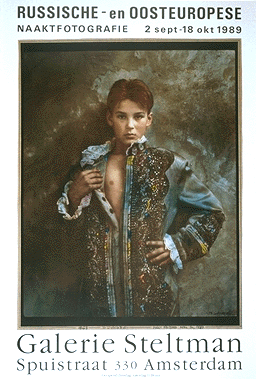
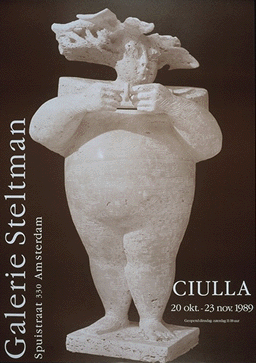
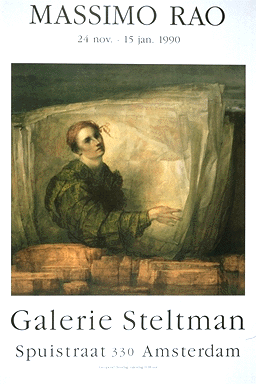
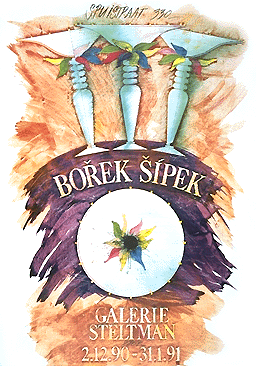
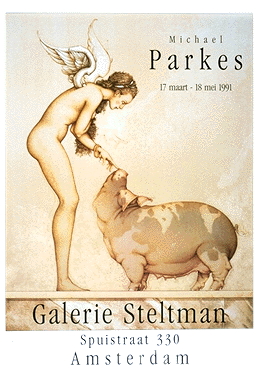
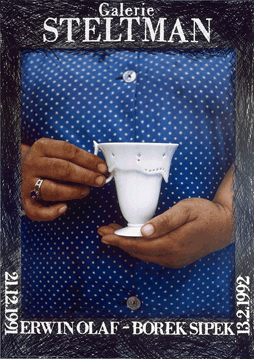
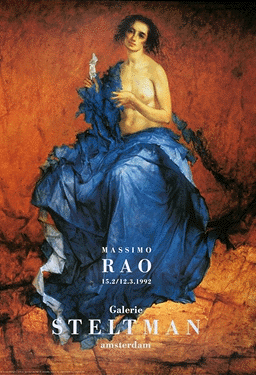
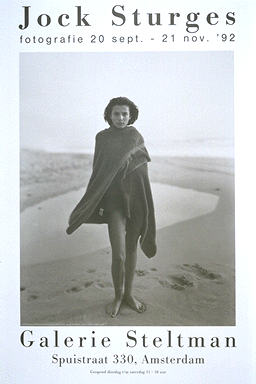
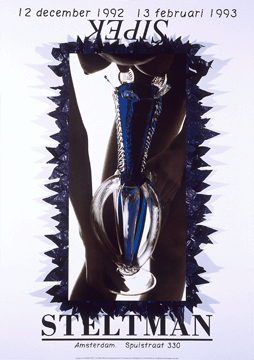
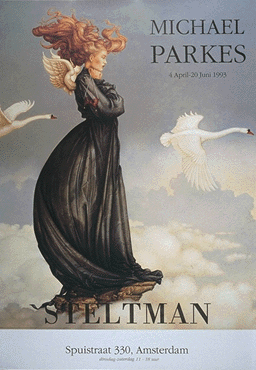
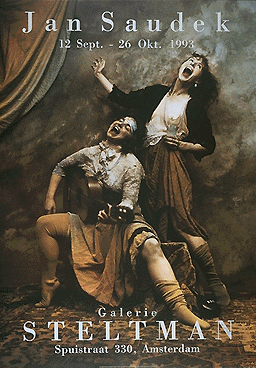
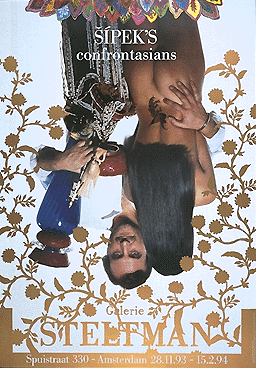
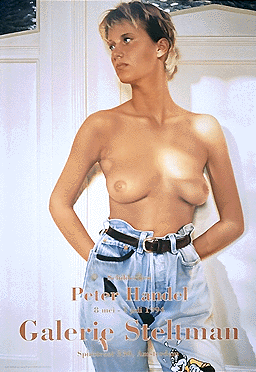
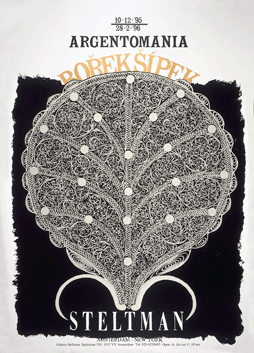
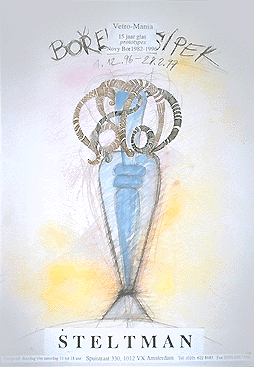
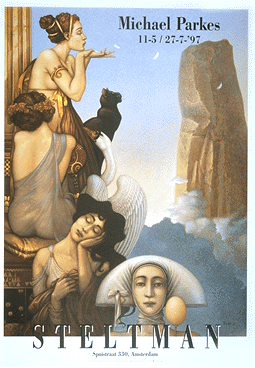
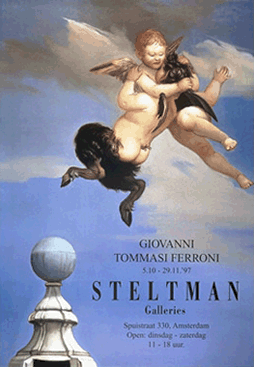
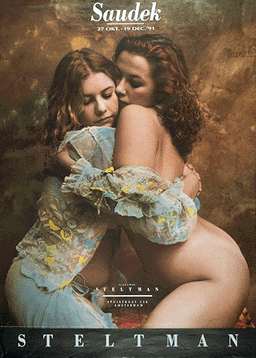
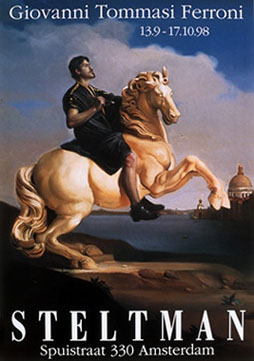
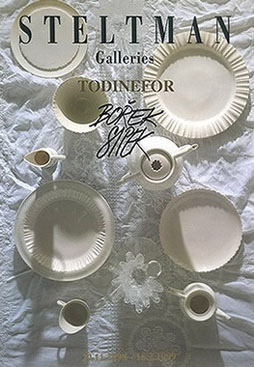
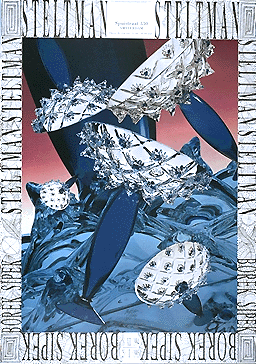
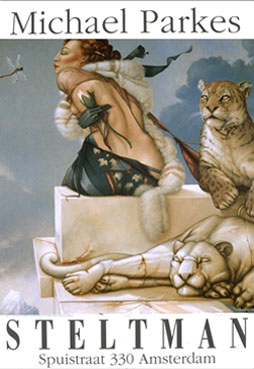
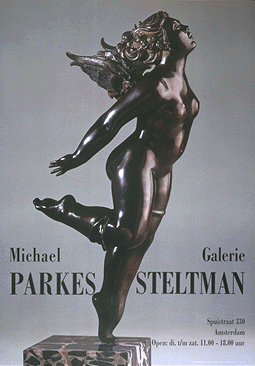
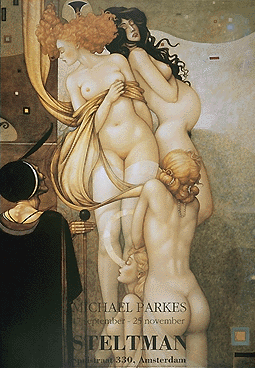
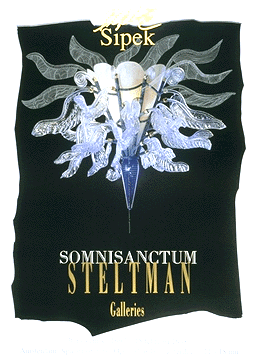
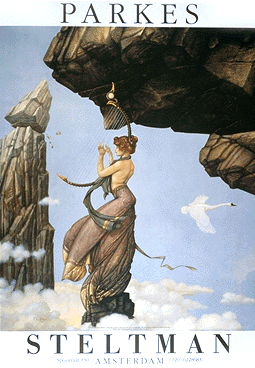
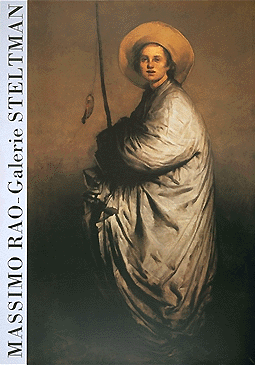
Disclaimer
Steltman Galleries strives to provide the most accurate information about the works we offer for sale.
Occasionally we have only limited information available on a particular piece or artist, and sometimes we come across conflicted information.
In such cases we do our best to piece together the information in an accurate and informative manner by considering all the information and with the application of common sense and good judgement.
It is possible that some information that we provide is not accurate, and therefore we cannot take responsibility for any representations made in our offers. We strongly urge every buyer to perform his/her own due diligence and to make their decision to purchase based solely on their findings.
Offered by: Steltman Galleries Amsterdam The Netherlands
Telephone: +31 - (0)6 - 48723104
Email: steltman@steltman.com






